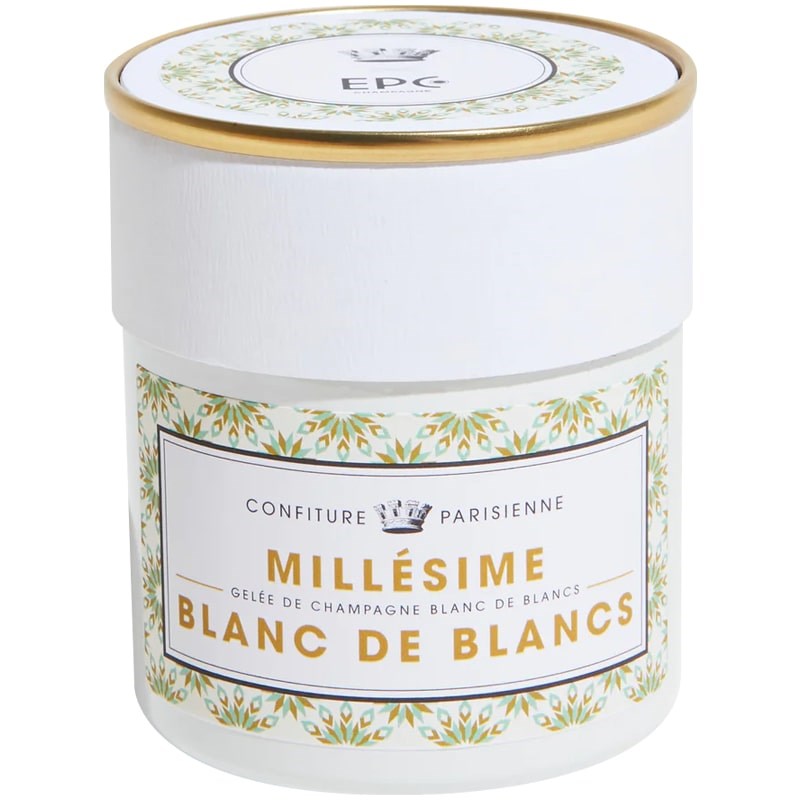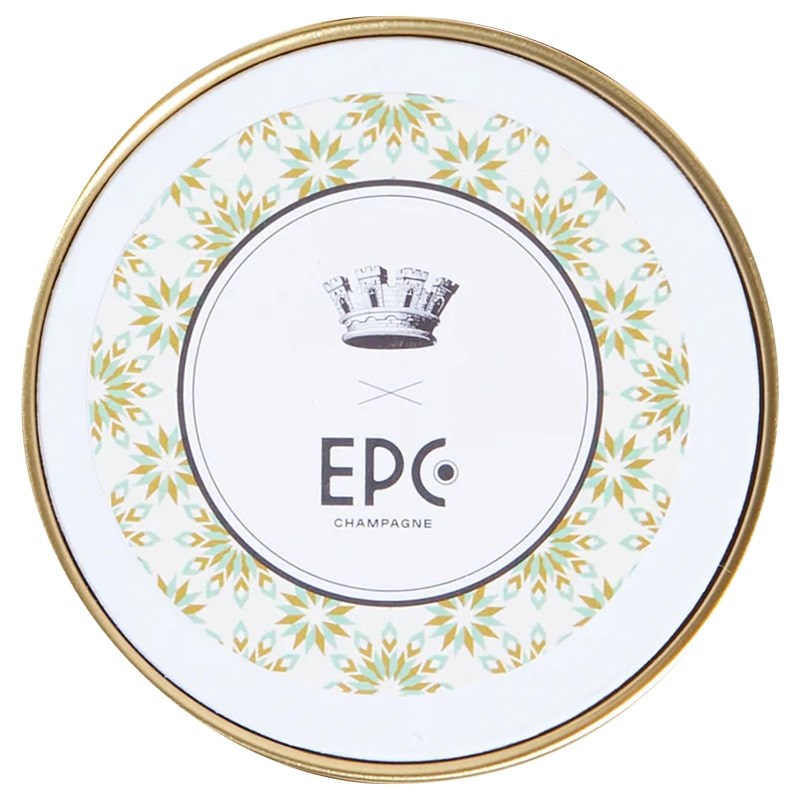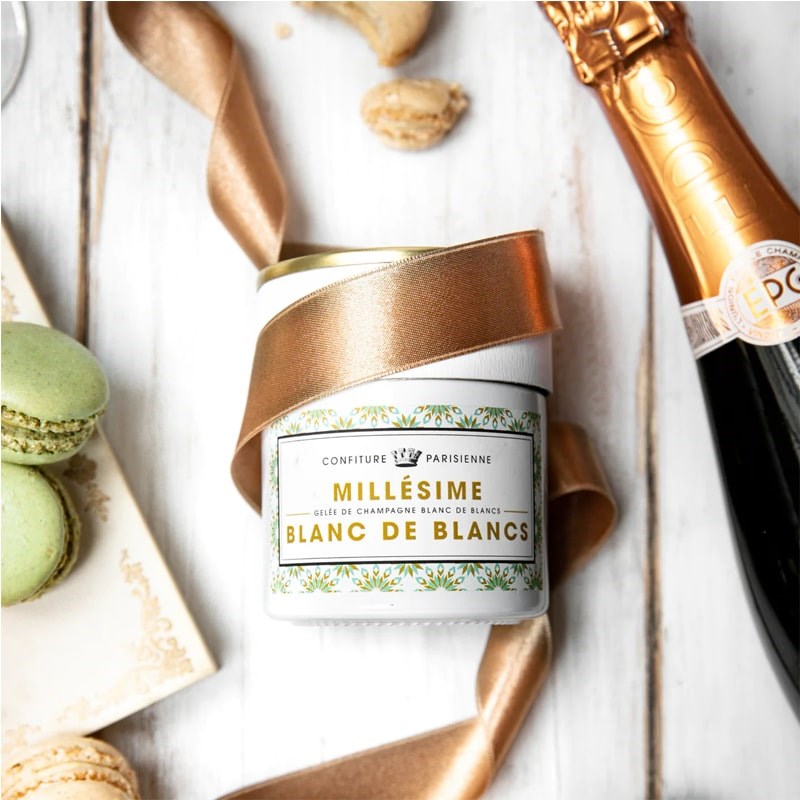


$24.00
Vintage Blanc de Blancs Champagne Jelly
SKU: 48256
Champagne lovers, do not wait to discover the special Vintage Blanc de Blancs Champagne Jelly!
Made of Blanc de Blancs brut, a premium variety of white champagne, this jelly will be a hit if you would like to offer something different than traditional champagne!
Tasting Tips:
Sweet: On a raisin brioche.
Salty: With an old Comté or Basque cheese.
These statements have not been evaluated by the Food and Drug Administration. This product is not intended to diagnose, treat, cure, or prevent any disease.
Salty: With an old Comté or Basque cheese.
These statements have not been evaluated by the Food and Drug Administration. This product is not intended to diagnose, treat, cure, or prevent any disease.
Cane Sugar, Apple Juice, White Grapes, Brut Champagne* (21%), Lemon, Citrus Pectin, Vanilla.
Ingredients may be subject to change. The most accurate and up to date product ingredient list can also found on the product packaging.
Allergy Warning: May contain eggs, milk, peanuts, sesame, sulfites, and tree nuts.
Ingredients may be subject to change. The most accurate and up to date product ingredient list can also found on the product packaging.
Allergy Warning: May contain eggs, milk, peanuts, sesame, sulfites, and tree nuts.
In 2015, to revive a Parisian tradition, Nadège Gaultier and Laura Goninet founded Confiture Parisienne with the desire to create exceptional jams using products that are just as exceptional.
Since ancient times, foodies have developed various recipes for preserving fruits by cooking them with wine or honey.
But to taste jams as we know them, you have to wait for the first crusades and the introduction of cane sugar from the Arab world. This luxury food allows the transformation of fruit into jam, only reserved for royal tables. At the beginning of the 19th century, the production of beet sugar democratized this product. In Paris, many jam makers opened their stalls and supplied themselves with fruit from the surrounding orchards.
Since ancient times, foodies have developed various recipes for preserving fruits by cooking them with wine or honey.
But to taste jams as we know them, you have to wait for the first crusades and the introduction of cane sugar from the Arab world. This luxury food allows the transformation of fruit into jam, only reserved for royal tables. At the beginning of the 19th century, the production of beet sugar democratized this product. In Paris, many jam makers opened their stalls and supplied themselves with fruit from the surrounding orchards.





